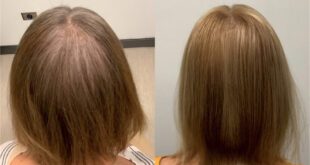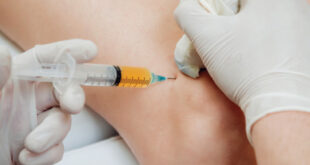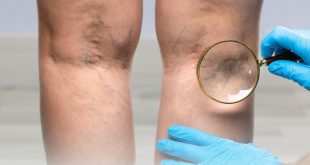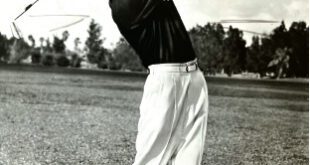 Skin changes – discoloration (pinkish or brownish), thickening, dryness and itching in the lower leg are usually signs of venous (vein) disease. If you have any of these in your lower legs and ankles, the specialists at Vascular Vein Centers can help with a careful evaluation and explanation of what is going on and provide the most effective, up-to-date, and minimally invasive treatments for the causes of skin changes.
Skin changes – discoloration (pinkish or brownish), thickening, dryness and itching in the lower leg are usually signs of venous (vein) disease. If you have any of these in your lower legs and ankles, the specialists at Vascular Vein Centers can help with a careful evaluation and explanation of what is going on and provide the most effective, up-to-date, and minimally invasive treatments for the causes of skin changes.
What do skin changes indicate?
– Skian changes may be an indication that you have underlying vein disease. Changes to look for include:
– Dry skin
– Discoloration- pink or brownish
– Thickening, stiff, or firm skin
– Itchiness
– Prominent spider patterns especially around the ankle
Even if you don’t see bulging varicose veins, you may have advanced vein disease and it’s worth visiting Vascular Vein Centers if skin changes are present.
What symptoms might I have along with skin changes?
If you have vein disease, you might be experiencing increasing tiredness, fatigue, aching, and heaviness in your lower legs, along with skin changes. These symptoms are usually felt more in the mid-late afternoon and can occur long before bulging veins or skin changes are present.
As vein disease progresses, skin changes become more noticeable, and lower leg and ankle swelling (edema) increases, especially towards the end of the day. You may find your skin is extra sensitive and prone to rashes. Dry, brittle skin is more likely to crack and form a sore.
If you ignore skin changes, underlying vein disease can lead to venous ulcers. These painful, open wounds take a long time to heal and are prone to infection. If you get help for skin changes and the veins that cause them early, you can usually avoid future problems.
How are skin changes treated?
Your provider will probably recommend a Doppler ultrasound for a definitive evaluation of your venous system. The Vascular Vein Centers team uses the latest state-of-the-art GE Healthcare ultrasound equipment to view your venous system in detail. We can then discuss the best way to treat your skin changes if veins are in fact the cause.
Graduated medical-grade compression garments are the gold standard to help with symptoms of vein disease. However, if further treatment to resolve skin changes and underlaying vein problems is recommended, the Vascular Vein Centers team can perform endovenous laser therapy or VenaSeal™ medical adhesive treatment. These are our primary procedures for treating the “source veins”; the origin of the problem.
Ultrasound guided foam sclerotherapy will be required in most cases to treat the “branch veins” (varicose veins) coming off the “source veins”. The Vascular Vein Centers team uses the latest in FDA approved advanced treatments such as Varithena® foam sclerotherapy and VenaSeal™ medical adhesive to treat the remaining problem veins. Each has its specific indication and most insurance carriers cover the procedures.
If you have noticed skin changes in your lower legs, call Vascular Vein Centers today or book an appointment online.
Vascular Vein Centers of Davenport / Haines City
121 Webb Dr Suite 300, Davenport, FL 33837
(863) 291-6313
www.PolkVVC.com
next to IMA Pichardo Clinic
 Central Florida Health and Wellness Magazine Health and Wellness Articles of the Villages
Central Florida Health and Wellness Magazine Health and Wellness Articles of the Villages



